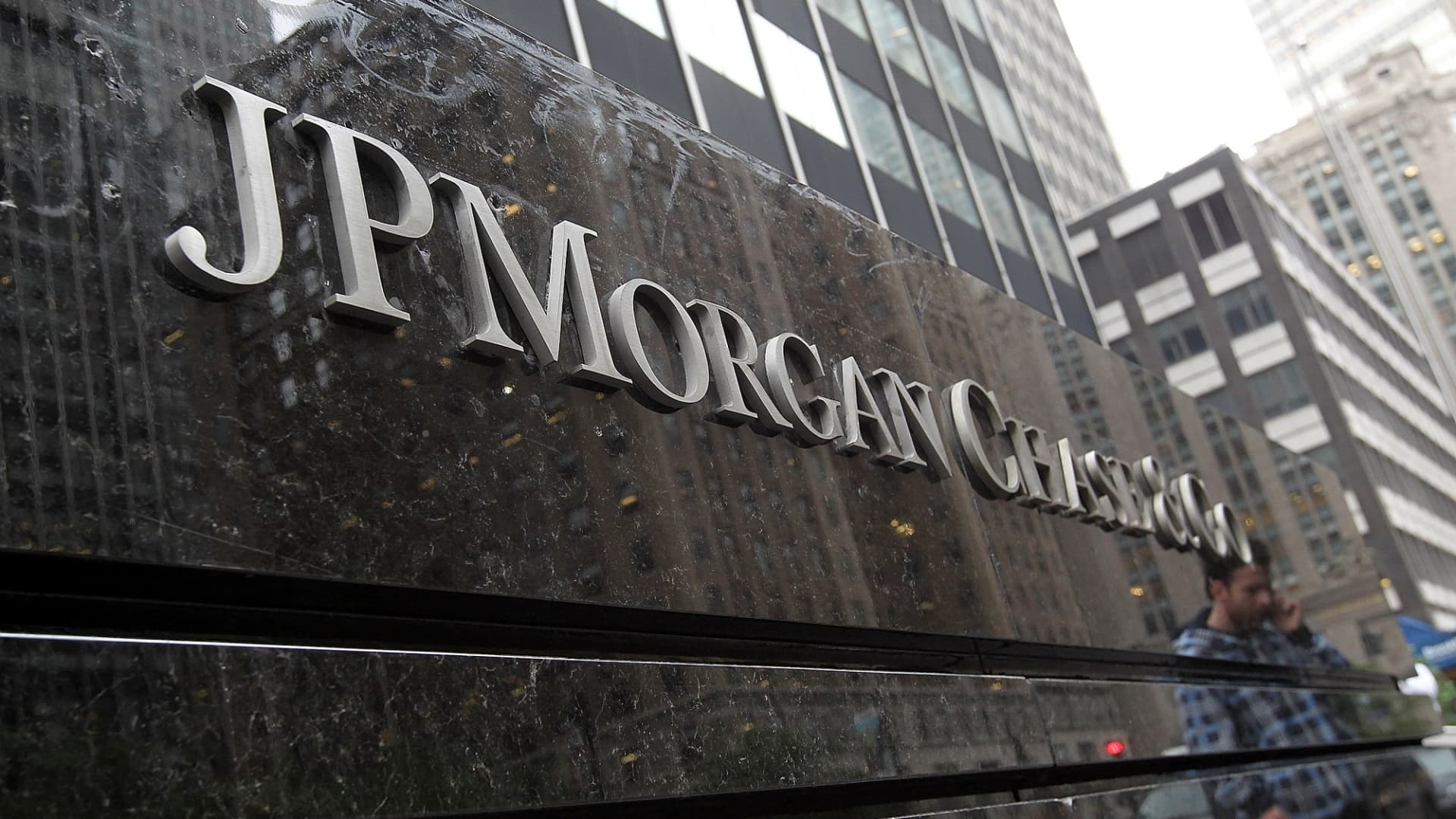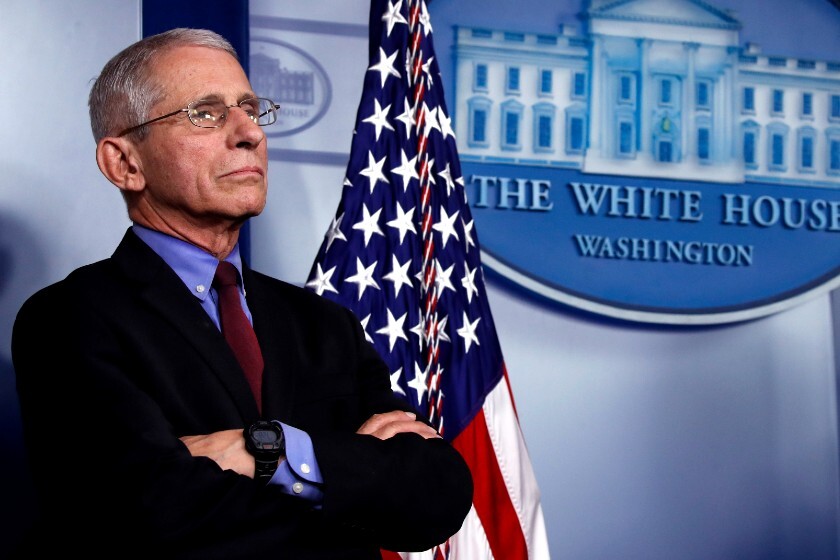The United States and its allies are on the verge of finalizing a plan to provide Ukraine with a substantial loan, utilizing profits from frozen Russian sovereign assets, according to US Treasury Secretary Janet Yellen.
A Strategic Financial Move for Ukraine
In a recent Senate Appropriations Committee session, Yellen revealed that Washington, along with its G7 partners– comprising the UK, Canada, France, Italy, and Japan– are actively exploring ways to unlock critical funding for Ukraine. This initiative comes in response to the urgent need for financial support amidst ongoing conflict.
Utilizing Windfall Profits for Ukraine’s Benefit
Yellen explained thyat discussions with other G7 members have focused on granting Ukraine a loan backed by the substantial profits generated from frozen Russian assets. This idea, she mentioned, is gaining significant traction.
The immobilized Russian assets have generated windfall profits ranging from $3 billion to $5 billion annually. These earnings could potentially be channeled to support Ukraine’s financial needs, providing a significant economic boost.
Anticipating a G7 Consensus
” We’re optimistic that we can formulate a proposal to present to the leaders at the upcoming G7 meeting in Italy this June,” Yellen stated. The G7 summit will be a crucial platform for solidifying this financial strategy.
The Scale of Frozen Russian Assets
Since the conflict began, approximately $300 billion in Russian sovereign funds have been frozen by the West. A significant portion, around EUR191 billion ($ 207 billion), is held by the Brussels-based clearinghouse Euroclear. Over the past year, these assets have accrued nearly EUR4.4 billion ($ 4.7 billion) in interest.
US Push for Immediate Funding
A senior Treasury official, speaking to Reuters, indicated that the US has been advocating for a loan mechanism backed by the income from these frozen assets. This approach could potentially provide Ukraine with up to $50 billion in immediate funding.
Brent Neiman, Deputy Under-Secretary for International Finance at the Treasury, emphasized that although this proposal offers a swift financial infusion for Kiev, there are still technical details to address. Despite these challenges, this loan strategy has emerged as the most viable option, given tjhe G7 countries’ divided stance on outright seizure of Russian assets.
Navigating International Concerns
Initially, the US pushed for full confiscation of the underlying assets to directly fund Ukraine’s government. However, resistance from France, Germany, and the European Central Bank has shifted the focus to utilizing only the interest accrued. These countries are concerned about potential repercussions on the euro if nations like China repatriate their substantial foreign reserves as a precaution against future asset confiscations.
Russia’s Response to Asset Seizure Threats
Russia has vehemently opposed any actions against its assets, labeling them as theft and a violation of international law. Moscow has warned of reciprocal measures if the West proceeds with confiscating Russian assets.
Conclusion: A Step Forward Amid Complex Geopolitics
The proposed loan backed by profits from frozen Russian assets represents a significant step forward in providing Ukraine with much-needed financial support. While the path to finalizing tihs plan involves navigating complex geopolitical and technical challenges, the consensus among G7 members signals a strong commitment to aiding Ukraine during htis critical time. As the G7 summit approaches, the world watches closely to see how these discussions will shape the financial landscape and support Ukraine’s resilience.
Free Speech and Alternative Media are under attack by the Deep State. Real News Cast needs reader support to survive. Please Contribute via GoGetFunding


